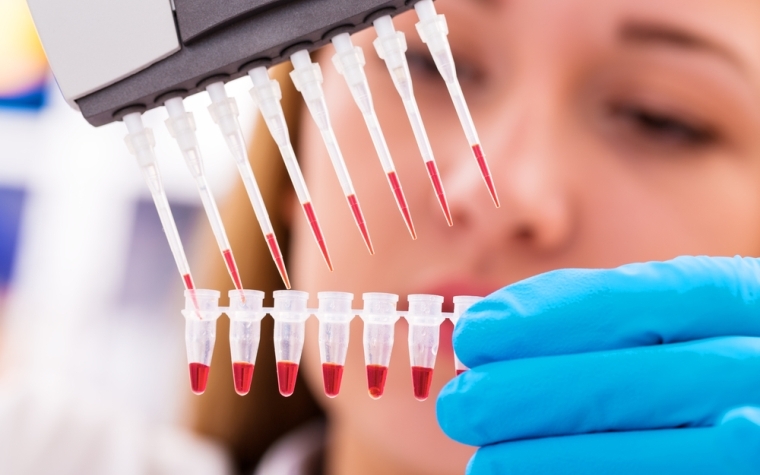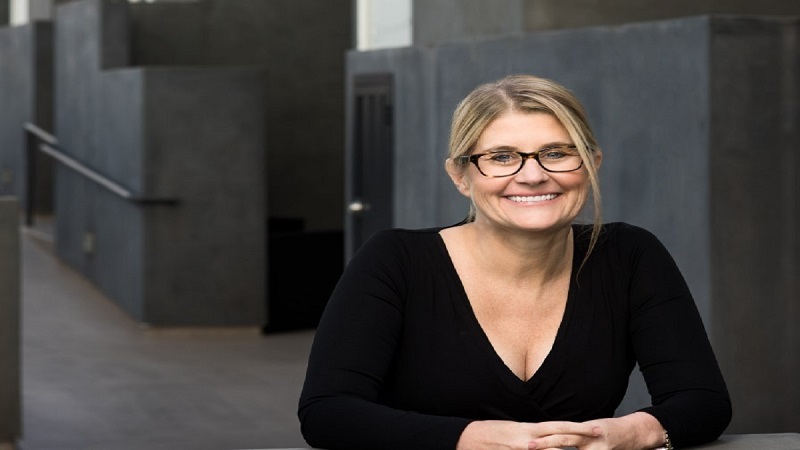
Embarking on a pioneering clinical trial, researchers at Los Angeles-based Cedars-Sinai Medical Center recently obtained authorization from the U.S. Food and Drug Administration (FDA) to test a new therapeutic approach to amyotrophic lateral sclerosis (ALS).
Using neural stem cells was the brainchild of the Cedars-Sinai Center’s Dr. Clive Svendsen, leading to the just-approved clinical trial.
The on-site ALS trial will begin under the leadership of Dr. Robert Baloh and Peggy Allred, with neurosurgical team support led by Dr. J. Patrick Johnson.
Backing for this research came from the ALS Association in conjunction with its Wisconsin chapter, beginning in 2003 and taking the better part of a decade to establish authentic preclinical indications of the treatment’s viability. Financial support came from the ALS Association’s Neil Brourman ALS Research Fund, based in Hawaii.
Additionally, the ALS Association, based in Washington, D.C., strongly lobbied for legislation supporting ALS research in 2004, ultimately leading to Proposition 71 and the creation of the California Institute of Regenerative Medicine (CIRM). CIRM provided a $16.8 million grant for the current project.
“I am delighted to see this study finally move into clinical trials after the many years of our support and the tireless commitment of Dr. Svendsen and his team who continued to move the study forward and overcome the hurdles along the way to develop a product that has the biggest chance of success,” Lucie Bruijn, ALS Association chief scientist, said. “This therapy approach holds great promise as a potential ALS therapy based on the preclinical studies and I look forward to seeing the initial safety results of this trial.”
ALS, a progressive neurodegenerative disease for which no cure currently exists, impacts brain and spinal cord nerve cells, thwarting muscle movement and placing patients at risk of paralysis and death within a relatively short time, usually two to five years after diagnosis.
The Cedars-Sinai study team hopes to begin testing by the end of 2016, enlisting 18 patients for the novel stem cell implantation therapy. The stem cells utilize a key protein known as GDNF, or glial cell line derived neurotrophic factor, in an effort to protect neurons associated with muscle movement. If the trial is successful, researchers will continue the study.


